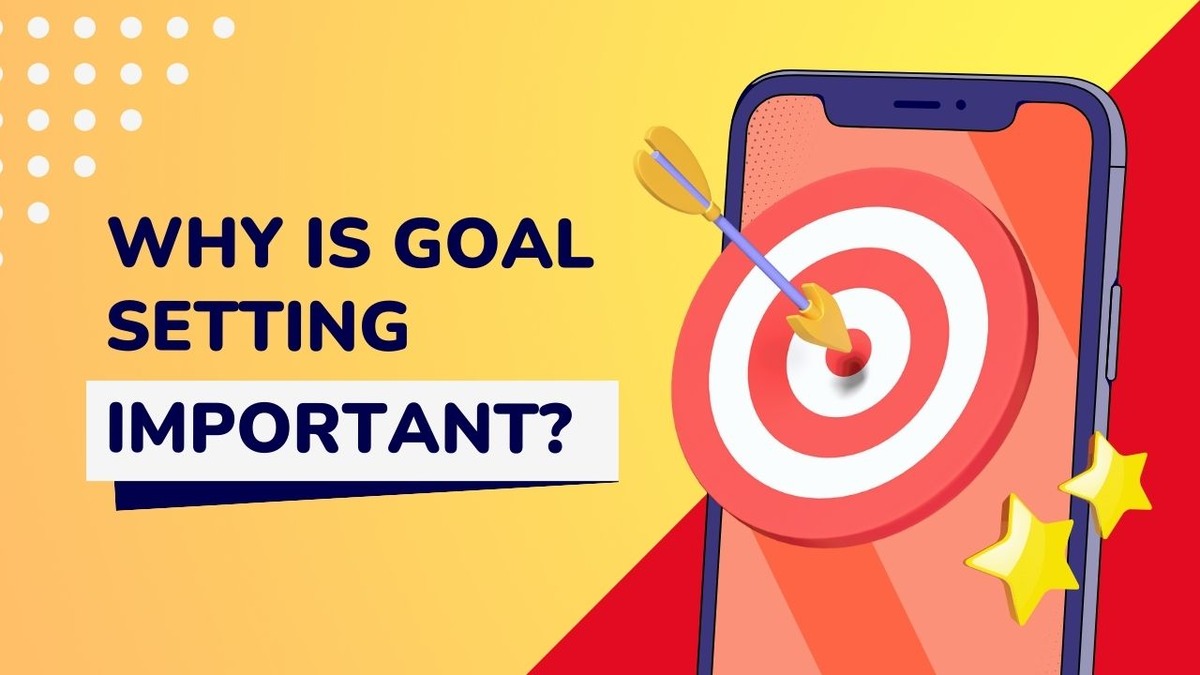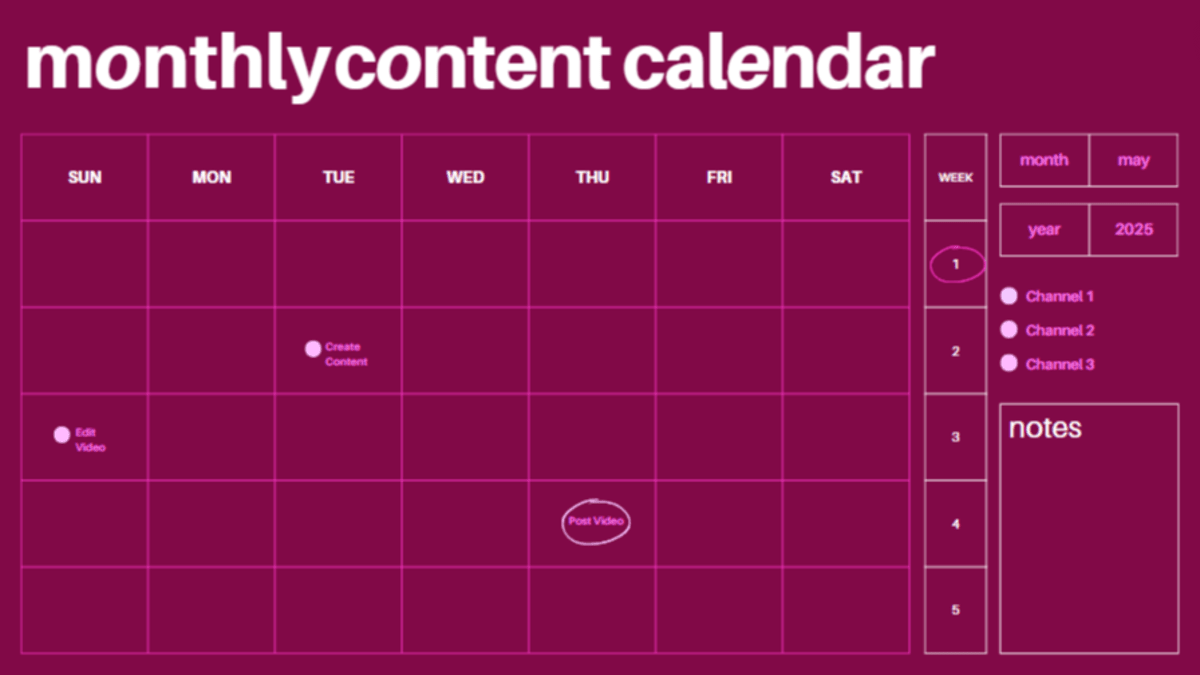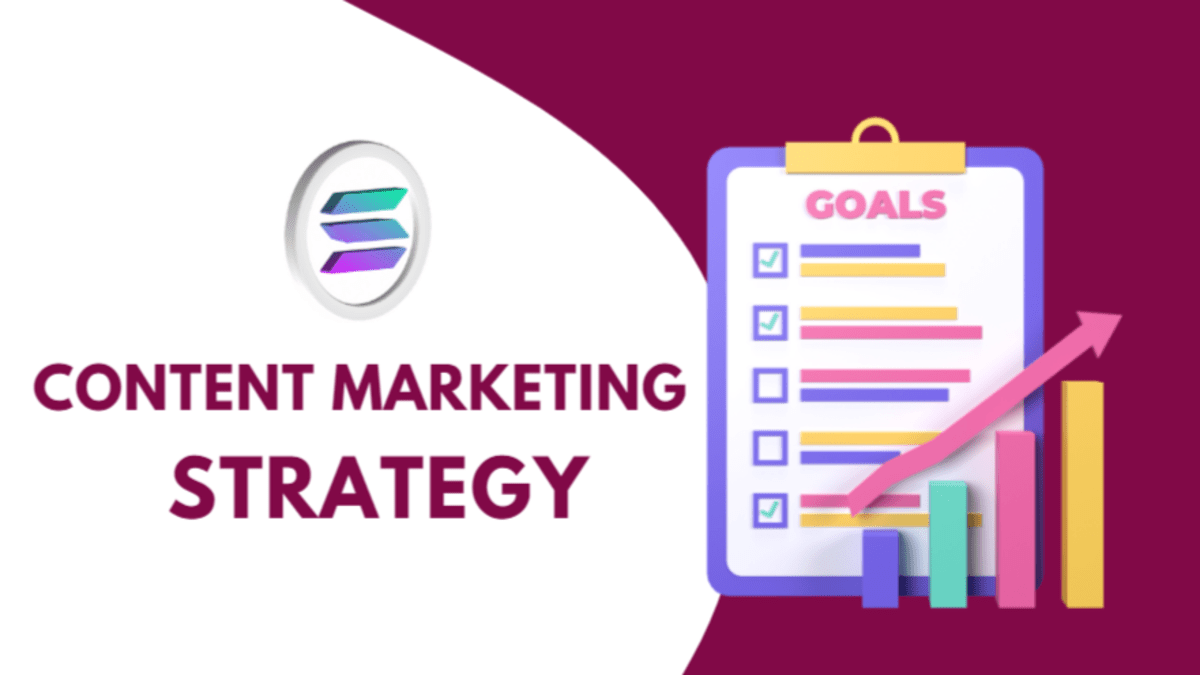Creating an engaging content strategy is essential for capturing your audience’s attention and driving conversions. This guide will walk you through the steps to develop a strategy that resonates with your audience and meets your business goals.
What is a content marketing strategy?
A content marketing strategy is a plan that outlines how a business will create, publish, and manage content to attract and engage a specific target audience. This strategy involves understanding the needs and interests of your audience and then providing valuable, relevant content that meets those needs. The goal is to build a relationship with your audience, foster trust, and ultimately drive profitable customer actions, such as making a purchase, subscribing to a service, or sharing the content with others.
Importance of Content Marketing Strategy
A content marketing strategy is important because it helps attract the right audience by creating valuable and relevant content. It builds trust and credibility, keeping your audience engaged and interested. Good content also improves your search engine rankings, making it easier for people to find your business. By guiding potential customers through their buying journey and encouraging them to take action, it generates leads and sales. Overall, it helps build long-term relationships with your audience, fostering loyalty and repeat business.
Creating an Engaged Content Marketing Strategy
By following the below steps, you can create a content marketing strategy that not only captures your audience’s attention but also drives meaningful engagement and conversions.

1. Define Your Target Audience
The first step in creating an engaging content strategy is to understand who your audience is. Define your target audience by considering factors like age, gender, location, interests, and pain points. The more detailed your audience profile, the better you can tailor your content to their needs.
2. Conduct Audience Research
Use surveys, social media insights, and website analytics to gather data about your audience’s preferences and behaviors. This research will help you create content that truly resonates with your audience.
3. Setting Clear Goals

Setting clear goals helps you know what you want to achieve with your content, like boosting brand awareness or generating leads. It guides your strategy and keeps your efforts focused.
4. Determine Your Objectives
Before you start creating content, determine what you want to achieve. Common goals include increasing brand awareness, generating leads, boosting engagement, or driving sales. Having clear objectives will guide your content creation process.
5. Use SMART Goals
Ensure your SMART goals are Specific, Measurable, Achievable, Relevant, and Time-bound (SMART). For example, instead of aiming to “increase website traffic,” set a goal to “increase website traffic by 20% in the next three months.”
Crafting Your Content Plan

Crafting your content plan involves deciding what content to create and when to publish it. This keeps your efforts organized and consistent.
Develop Content Themes
Identify key themes that align with your brand and audience’s interests. These themes will serve as the foundation for your content. For example, a fitness brand might focus on themes like workout routines, nutrition tips, and mental health.
Create a Content Calendar
Plan your content in advance by creating a content calendar. This calendar should outline what content you’ll publish, when, and on which platforms. Consistency is key to keeping your audience engaged.
Creating High-Quality Content
Creating high-quality content is making valuable and well-crafted material. This keeps the audience interested and coming back for more.
Focus on Quality Over Quantity
While it’s important to publish content regularly, quality should never be compromised. High-quality content is informative, well-written, and provides value to your audience. Aim to solve problems or answer questions your audience might have.
Use Various Content Formats
To keep your audience engaged, diversify your content formats. This can include blog posts, videos, infographics, podcasts, and social media posts. Different formats cater to different preferences and can help reach a broader audience.
Optimize for SEO
Ensure your content is optimized for search engines by using relevant keywords, meta descriptions, and proper headings. SEO helps increase your content’s visibility and attract organic traffic to your website.
Promoting Your Content

Promoting the content means sharing it widely so more people see it. This boosts your reach and engagement.
Leverage Social Media
Promote your content across various social media platforms to reach a wider audience. Share your posts, engage with followers, and use social media advertising to boost visibility.
Collaborate with Influencers
Partner with influencers in your industry to amplify your content. Influencers can help you reach a larger audience and lend credibility to your brand.
Utilize Email Marketing
Email marketing is a powerful tool for promoting your content. Send newsletters and updates to your subscribers, providing them with valuable content and keeping them engaged with your brand.
Measuring Success
Measuring success is tracking how well the content is doing. This helps to see what works and improve the strategy.
Track Key Metrics
Measure the success of your content strategy by tracking key metrics such as website traffic, engagement rates, lead generation, and conversion rates. Tools like Google Analytics can provide valuable insights into your content’s performance.
Analyze and Adjust
Regularly review your content strategy and analyze the results. Identify what’s working and what isn’t, and make necessary adjustments to improve your strategy. Continuous improvement is key to long-term success.
Examples to Illustrate These Tips
-
Goal Setting Example:
- Goal: Increase email sign-ups by 20% in six months.
- Strategy: Create valuable lead magnets, such as eBooks and exclusive webinars, to entice visitors to subscribe to your email list.
-
Audience Understanding Example:
- Audience Insight: Your audience consists mostly of young professionals.
- Strategy: Focus on creating short, informative videos and blog posts that can be consumed quickly during lunch breaks.
-
Content Calendar Example:
- Monthly Plan: Publish one blog post every Tuesday, share a video every Thursday, and send a newsletter every Friday.
-
Quality Content Example:
- High-Quality Article: Instead of daily posts, publish a comprehensive guide on “How to Boost Your SEO in 2024” with actionable tips and expert insights.
-
Diversified Formats Example:
- Content Mix: Write detailed blog posts, create how-to videos, design eye-catching infographics, and record expert interviews for a podcast series.
-
SEO Practices Example:
- SEO Strategy: Research and use keywords like “best digital marketing strategies,” create optimized meta descriptions, and structure your content with H1, H2, and H3 tags.
-
Social Media Utilization Example:
- Platform Strategy: Use Instagram Stories to share behind-the-scenes content, post industry news on LinkedIn, and run Twitter polls to engage followers.
-
Audience Engagement Example:
- Engagement Tactics: Host a live Q&A session on Facebook, respond to comments on your blog, and create Instagram polls to involve your audience in content decisions.
-
Influencer Collaboration Example:
- Partnership: Team up with a well-known industry expert to co-author a blog series or conduct a joint webinar to leverage their audience.
-
Performance Optimization Example:
- Data Analysis: Use Google Analytics to identify that your blog posts about “Digital Marketing Trends” have the highest engagement, and plan more content around this topic.
-
Content Repurposing Example:
- Repurpose Strategy: Convert a successful blog post on “Email Marketing Tips” into a series of social media posts, a podcast episode, and an infographic.
-
Trend Adapting Example:
- Trend Following: If TikTok is gaining popularity in your industry, start creating short, engaging videos tailored to your audience on this platform.
By following these tips and examples, you can create a content marketing strategy that effectively engages your audience and helps achieve your business goals.
Conclusion
Creating an engaging content strategy requires a deep understanding of your audience, clear goals, high-quality content, and effective promotion. By following these steps, you can develop a strategy that not only captures your audience’s attention but also drives meaningful engagement and conversions. Remember, the key to a successful content strategy is consistency, creativity, and constant evaluation. For instance, a fitness brand could consistently share quick workout videos and healthy recipes, while a travel blog might post detailed destination guides and personal travel stories to keep their audience engaged.
FAQ on content marketing strategy
Q:1: What is a content marketing strategy?
Ans. A content marketing strategy is a plan for creating, publishing, and managing content to attract and engage a target audience, ultimately driving profitable customer actions.
Q:2: Why is a content marketing strategy important?
Ans. A content marketing strategy is important because it helps attract the right audience, build trust and credibility, improve search engine rankings, and generate leads and sales.
Q:3: How do I identify my target audience?
Ans. Identify your target audience by considering factors like age, gender, location, interests, and pain points. Use surveys, social media insights, and website analytics to gather information.
Q:4: What goals should I set for my content marketing strategy?
Ans. Set goals like increasing brand awareness, generating leads, boosting engagement, and driving sales. Make sure your goals are Specific, Measurable, Achievable, Relevant, and Time-bound (SMART).
Q:5: How do I create a content calendar?
Ans. A content calendar involves planning your content in advance, specifying what you’ll publish, when, and on which platforms. This ensures consistency and organization in your publishing schedule.
Q:6: What types of content should I create?
Ans. Diversify your content by using blog posts, videos, infographics, podcasts, and social media posts. Different formats cater to different audience preferences and help keep your content engaging.
Q:7: How can I ensure my content is high-quality?
Ans. Focus on providing valuable, well-researched, and well-crafted content that addresses your audience’s needs. Quality over quantity is key to maintaining engagement and building trust.
Q:8: How do I promote my content effectively?
Ans. Promote your content by sharing it on social media platforms, collaborating with influencers, and using email marketing. This helps increase visibility and engagement with your content.
Q:9: What metrics should I track to measure success?
Ans. Track metrics such as website traffic, engagement rates (likes, shares, comments), lead generation, and conversion rates. These metrics help you understand your content’s performance.
Q:10: How can I improve my content marketing strategy over time?
Ans. Regularly review your content performance, analyze the results, and make necessary adjustments. Continuous improvement based on what works and what doesn’t will help you refine your strategy.
Read More: How to Use Social Media for Marketing

